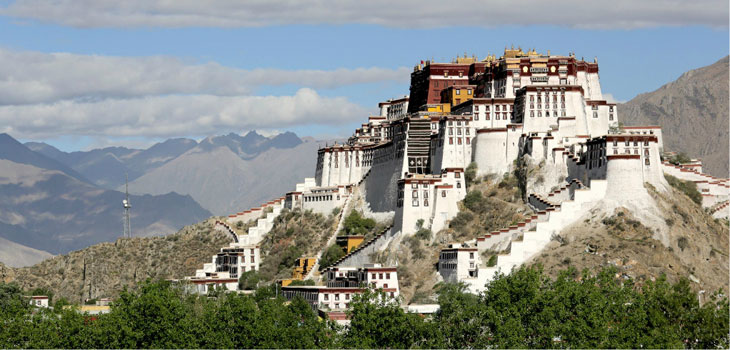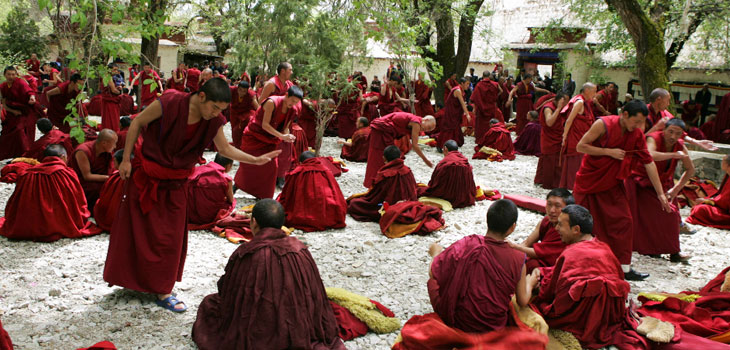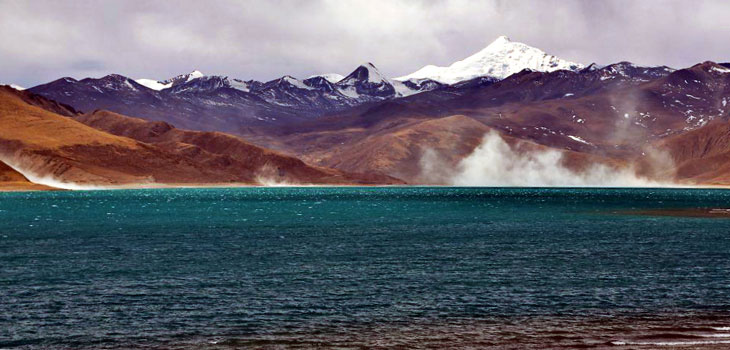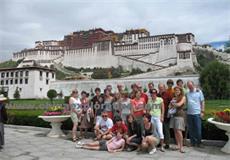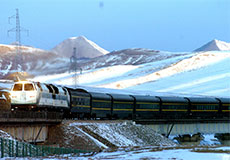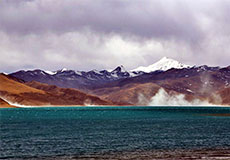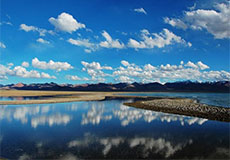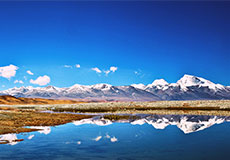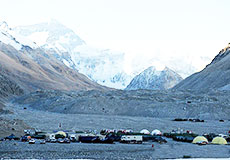Tour Code: CE-TB-6D02
Departure Date: Every Day
Tour Attractions:Potala Palace,Drepung Monastery,Sera Monastery, Tashilunpo Monastery
Feature:Classic & Sightseeing
Tour Type: /Land tour + Private English speaking guide+Private driver+Hotels
Meet your guide at Lhasa Railway Station or Lhasa Airport. From Lhasa Airport to Lhasa city, usually takes abt 1.5hrs; from Lhasa Railway Station to Lhasa city, abt 20mins.
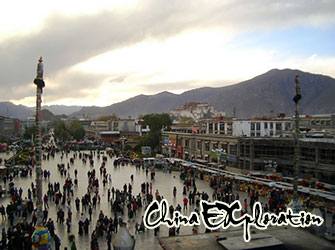
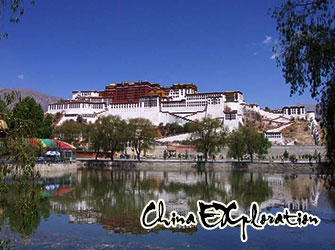
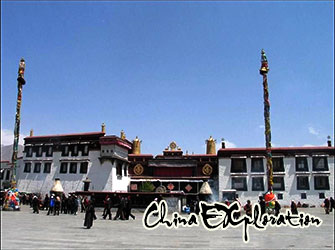
barkhor-street/Potala-Palace/jorkang
Highlights: Potala Palace, Jokhang Temple,Barkhor Street
This morning, visit Potala Palace. It is more than 3,700 meters above sea level and it is the highest palace in the world! At the top the palace called golden roofs, you can have a bird-eye view of the whole of Lhasa. In the distance there are undulating mountain ranges, the beautiful Lhasa River, tracts of fields, tree-shaded villages and the glistening Jokhang Temple.
Afternoon, visit Jokhang Temple, it is the first built during the period of Sontsan Gambo in the 7th century, features Buddhist prayer wheels, reclining deer, golden sutra streamers. You'll find that many Pilgrims pray before the monastery.
The circuit around it called Barkhor Street, a famous local handmade crafts market, which is a good place to purchase souvenirs.
Overnight in Lhasa.
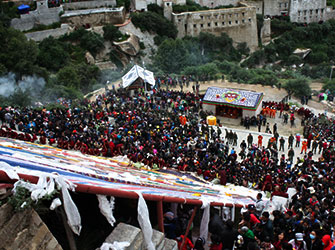

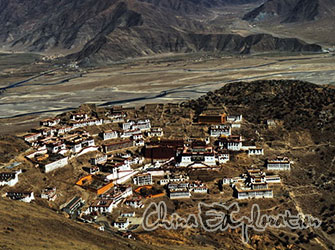
Drepung-Monastery/Drak-Yerpa/ganden-monastery
Highlights: AM-- Subject to change! one of these three: Drepung Monastery,Drak Yerpa, Ganden Monastery, PM-- Sera Monastery
AM: Drepung Monastery was built in 1416 and is the largest monastery of the Gelug Sect. It covers an area of 250,000 square meters. Drak Yerpa is a place that has deep meanings in the Tibetan spiritual culture. There is a saying goes like this: "Lhasa is the shrine of Tibet, Drak Yerpa is the shrine of Lhasa. Not seeing Drak Yerpa in Lhasa is just like making a dress without the collar." The entrance to the Yerpa Valley is about 16 km northeast of Lhasa on the northern bank of the Kyichu River. From there, it is another 10 km to the famous ancient meditation caves.
Ganden Monastery is one of the 'great three' Gelukpa university monasteries of Tibet, located at the top of Wangbur Mountain, Tagtse County, 36 kilometers ENE from the Potala Palace in Lhasa, at an altitude of 4,300m.
PM: Sera Monastery is located in the northern suburb of Lhasa City. The monastery was named Sera which means wild rose in the Tibetan language, because the hill behind it was covered with wild roses in bloom when the monastery was built. From of Mon ~ Fri., every afternoon, you 'll be able to see monks debating at Sera Monastery.
Overnight in Lhasa.
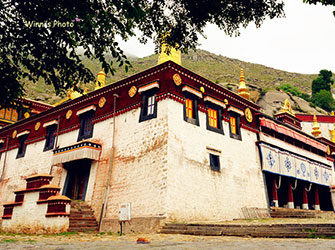
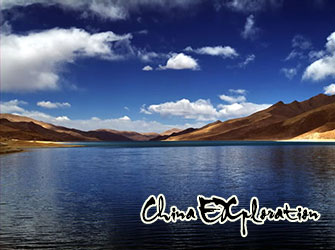
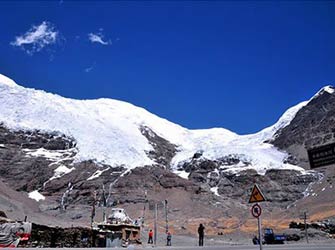
sera-monastery/Yamdok-Lake/Karo-la-Glacier
Highlights: Yamdrok Lake, Karo-la Glacier, Pelkhor Monastery
Mt Nojin Kangsang stands tall with an elevation of 7,191 m (23,592 ft.) between Gyantze County and Nagarzê County, with several snow-capped mountains over 6,000 m (19,685 ft.) surrounding it. Mount Nojin Kangsang is the most accessible glacier site on the Tibetan Plateau. The famous Kharola Glacier (elevation 5,560 m or 18,241 ft.) is below the south ridge of Nojin Kangsang.
Palkhor Monastery lies about 230 kilometers south of Lhasa and 100 kilometers east of the Shigatse Prefecture, at the foot of Dzong Hill. It is well-known for its Kumbum, which has 108 chapels in its four floors. The multi-storied Kumbum Stupa was crowned with a golden dome and umbrella, surrounded with more chapels filled with unique religious statues and murals.
Overnight in Shigatse.
Highlights: Tashilhunpo Monastery
Optional: Dolma Lhakhang Temple
Visit Tashilunpo Monastery in the morning. It is one of the Six Big Monasteries of Gelugpa (or Yellow Hat Sect) in Tibet. Also called the Heap of Glory, the monastery is located at the foot of Drolmari (Tara's Mountain), Shigatse. Founded by the First Dailai Lama in 1447, the monastery's structure was expanded by the Fourth and successive Panchen Lamas. It covers an area of nearly 300,000 square meters.
On the way back to Lhasa, we offer optional visit to Dolma Lhakhang Temple at your own expense.
Dolma LhaKhang Temple is a monastery in Nyethang founded most probably by Atisha. It is located in twelve miles southwest of Lhasa.
Overnight in Lhasa.
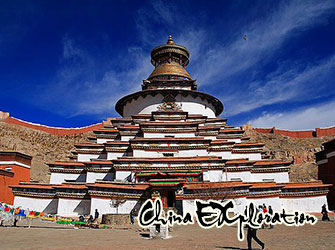
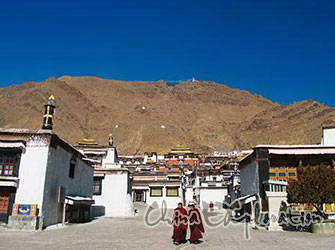

Palcho-Monastery-Palgor-Chorten/Tashilhunpo-Monastery/Dolma-Lhakhang
Transfer to Lhasa Railway Station or Lhasa Airport.
Meet your guide at Lhasa Railway Station or Lhasa Airport. From Lhasa Airport to Lhasa city, usually takes abt 1.5hrs; from Lhasa Railway Station to Lhasa city, abt 20mins.



barkhor-street/Potala-Palace/jorkang
Highlights: Potala Palace, Jokhang Temple,Barkhor Street
This morning, visit Potala Palace. It is more than 3,700 meters above sea level and it is the highest palace in the world! At the top the palace called golden roofs, you can have a bird-eye view of the whole of Lhasa. In the distance there are undulating mountain ranges, the beautiful Lhasa River, tracts of fields, tree-shaded villages and the glistening Jokhang Temple.
Afternoon, visit Jokhang Temple, it is the first built during the period of Sontsan Gambo in the 7th century, features Buddhist prayer wheels, reclining deer, golden sutra streamers. You'll find that many Pilgrims pray before the monastery.
The circuit around it called Barkhor Street, a famous local handmade crafts market, which is a good place to purchase souvenirs.
Overnight in Lhasa.



Drepung-Monastery/Drak-Yerpa/ganden-monastery
Highlights: AM-- Subject to change! one of these three: Drepung Monastery,Drak Yerpa, Ganden Monastery, PM-- Sera Monastery
AM: Drepung Monastery was built in 1416 and is the largest monastery of the Gelug Sect. It covers an area of 250,000 square meters. Drak Yerpa is a place that has deep meanings in the Tibetan spiritual culture. There is a saying goes like this: "Lhasa is the shrine of Tibet, Drak Yerpa is the shrine of Lhasa. Not seeing Drak Yerpa in Lhasa is just like making a dress without the collar." The entrance to the Yerpa Valley is about 16 km northeast of Lhasa on the northern bank of the Kyichu River. From there, it is another 10 km to the famous ancient meditation caves.
Ganden Monastery is one of the 'great three' Gelukpa university monasteries of Tibet, located at the top of Wangbur Mountain, Tagtse County, 36 kilometers ENE from the Potala Palace in Lhasa, at an altitude of 4,300m.
PM: Sera Monastery is located in the northern suburb of Lhasa City. The monastery was named Sera which means wild rose in the Tibetan language, because the hill behind it was covered with wild roses in bloom when the monastery was built. From of Mon ~ Fri., every afternoon, you 'll be able to see monks debating at Sera Monastery.
Overnight in Lhasa.



Highlights: Yamdrok Lake, Karo-la Glacier, Pelkhor Monastery
Mt Nojin Kangsang stands tall with an elevation of 7,191 m (23,592 ft.) between Gyantze County and Nagarzê County, with several snow-capped mountains over 6,000 m (19,685 ft.) surrounding it. Mount Nojin Kangsang is the most accessible glacier site on the Tibetan Plateau. The famous Kharola Glacier (elevation 5,560 m or 18,241 ft.) is below the south ridge of Nojin Kangsang.
Palkhor Monastery lies about 230 kilometers south of Lhasa and 100 kilometers east of the Shigatse Prefecture, at the foot of Dzong Hill. It is well-known for its Kumbum, which has 108 chapels in its four floors. The multi-storied Kumbum Stupa was crowned with a golden dome and umbrella, surrounded with more chapels filled with unique religious statues and murals.
Overnight in Shigatse.
Highlights: Tashilhunpo Monastery
Optional: Dolma Lhakhang Temple
Visit Tashilunpo Monastery in the morning. It is one of the Six Big Monasteries of Gelugpa (or Yellow Hat Sect) in Tibet. Also called the Heap of Glory, the monastery is located at the foot of Drolmari (Tara's Mountain), Shigatse. Founded by the First Dailai Lama in 1447, the monastery's structure was expanded by the Fourth and successive Panchen Lamas. It covers an area of nearly 300,000 square meters.
On the way back to Lhasa, we offer optional visit to Dolma Lhakhang Temple at your own expense.
Dolma LhaKhang Temple is a monastery in Nyethang founded most probably by Atisha. It is located in twelve miles southwest of Lhasa.
Overnight in Lhasa.



Palcho-Monastery-Palgor-Chorten/Tashilhunpo-Monastery/
Transfer to Lhasa Railway Station or Lhasa Airport.
End of tour!
Price:
|
Season |
Nov., Dec., Jan Feb., Mar, Apr. |
May |
Jun., July, Sept., Oct. |
Aug. |
Single Supplement |
|
Tourist Class ( 3* ) |
$545 |
$630 |
$675 |
$712 |
$104-177 |
| Tourist Class ( 4* ) | $609 | $617 | $715 | $822 | $175-225 |
Our price included:
1.Lodgings: Lhasa/Shigatse: twin room en suite matching with different tour classes;
2. Part of Meals: Tibetan Breakfasts as listed in itinerary
3. Transportation: According to group size & season as itinerary needed, included Gas and parking fee for the vehicle; free Lhasa Railway Station pick-up & Drop-off at any time; free Lhasa Airport Pick-up & Drop-off as following time:
Pick-up: 15:00~15:20am
Drop-off: 12:00pm
4. Guide: English-speaking Tibetan tour guide
5. Tickets: All entrance fee mentioned in itinerary
6. Tibet Permits: All necessary permits as itinerary required: Tibet Entry Permit(TTB);
7. Delivery: Express delivery fee of Tibet Entry Permit (eg. SF. Express)
8. Others: Oxygen in vehicle for emergency use
Our price not included:
1. Private Lhasa Airport pick-up & Drop off. We offer private services with an extra costs if your flight isn’t within our free service time. If you need service of private transfer at Lhasa airport, the cost will be as below:
| Jan~May, Nov., Dec. | USD50/vehicle |
| Jun., Jul., Sep, Oct. | USD60/vehicle |
| Aug. | USD65/vehicle |
2. Air or Train to/from Tibet
3. Your lunches, Dinners. .
4. Optional Attractions specified in itinerary
5. Delivery: Super-fast express delivery of Tibet Entry Permit (eg. China Air Express)
6. Extra Expenses Additional days caused by unexpected nature disasters. Eg.Land Slide, Avalanche, etc.
Note:
1.We reserve the right to change the itinerary order of Day 02 & Day 03
2. We reserve the right to change attractions on Day 02 & Day 03, except Potala Palace.
Time of departure:
|
Month |
Tour Starting Date (The day of your first arrival in Lhasa) |
||||||||
|
Jan |
02 |
09 |
16 |
23 |
|
|
|
|
|
|
Feb. |
13 |
20 |
|
|
|
|
|
|
|
|
Apr. |
10 |
17 |
24 |
|
|
|
|
|
|
|
May |
01 |
08 |
15 |
22 |
29 |
|
|
|
|
|
Jun. |
06 |
09 |
12 |
16 |
19 |
23 |
27 |
30 |
|
|
Jul. |
03 |
07 |
10 |
14 |
17 |
21 |
24 |
28 |
31 |
|
Aug. |
04 |
07 |
11 |
14 |
18 |
21 |
25 |
28 |
|
|
Sep |
01 |
04 |
08 |
11 |
15 |
18 |
22 |
25 |
29 |
|
Oct. |
01 |
05 |
09 |
16 |
23 |
30 |
|
|
|
|
Nov. |
06 |
13 |
20 |
27 |
|
|
|
|
|
|
Dec. |
04 |
11 |
18 |
25 |
|
|
|
|
|
Customer Reviews
Working hours:
9:00AM-6:00PM(GMT+8)
info@chinaexploration.com
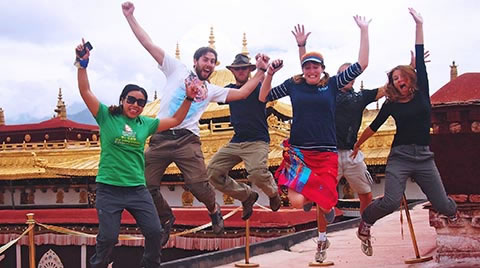
Private Customized Tour
search for a Trip

